Rajshahi, July 25 (V7N) — The overflowing landfill site in northern Nawdapara area of Rajshahi city has become a major environmental and public health hazard, as no more waste can be accommodated there. As a result, hundreds of tons of municipal and commercial garbage are being dumped haphazardly along roadsides, agricultural lands, and even near educational institutions daily, creating serious health risks and ecological damage.
Rajshahi City Corporation (RCC) established the dumping station beside the City Market in Nawdapara in 2004. However, it reached full capacity years ago, triggering an ongoing waste management crisis in the city.
Currently, Rajshahi generates approximately 400 tons of household and commercial waste daily. City officials acknowledge that at least 25% of this waste remains uncollected, exacerbating environmental degradation.
During a recent visit to the City Market area, it was observed that garbage piles were stacked along the Rajshahi-Chapai Nawabganj highway due to lack of landfill space. Some waste is dumped in low-lying areas beside the road, causing liquid leachate to seep into nearby agricultural lands. Residents complain of foul odors and respiratory discomfort, while the area suffers from a growing infestation of stray dogs, crows, and flies.
Near the site, Rajshahi Residential College principal Professor Mahbubul Ahsan reported, “Trash is being dumped right in front of the college gate. A few days ago, even a dead cow carcass was found mixed with the garbage.”
Dr. Shankar Kumar Biswas, a physician at Rajshahi Medical College Hospital, warned that during the monsoon season, the scattered waste could clog drains and water bodies, increasing the risk of waterborne diseases such as cholera, dengue, skin infections, and respiratory ailments.
Professor Emdadul Haque from the Mechanical Engineering Department of Rajshahi University of Engineering & Technology (RUET) highlighted that about 71% of the city’s solid waste consists of food and vegetable waste, which could be utilized for energy production. His research indicates the potential to generate approximately 159.40 megawatts of electricity daily from this organic waste, along with an additional 3.85 megawatts via anaerobic digestion technology. However, achieving this requires modern, technology-driven waste management systems.
Environmentalists and public health experts have expressed serious concern over the growing waste crisis in Rajshahi. They urge immediate action to build a modern sanitary landfill, enforce mandatory waste segregation, implement recycling plants, and develop waste-to-energy projects to prevent an impending public health emergency.
When contacted, Sheikh Md. Mamun Dollar, Chief Sanitation Officer of RCC, stated, “Our landfill at City Market was filled up two to three years ago. We have submitted a proposal for a new landfill site to the Ministry. However, due to approval processes and land acquisition, it will take at least two years before the new facility becomes operational.”
Experts emphasize the need for a thorough geological and environmental assessment before constructing any new landfill. Professor Abdullah Hil Baki of RUET explained that the current landfill rests on permeable alluvial soil, causing leachate to contaminate groundwater and soil during rains. He recommended a hydrogeological risk assessment to evaluate how waste disposal would impact the water table and surrounding environment before proceeding.
Rajshahi’s waste crisis underscores the urgent need for integrated, sustainable waste management solutions to protect public health, safeguard agricultural productivity, and preserve the city’s environment for future generations.
END/MRA/SMA/



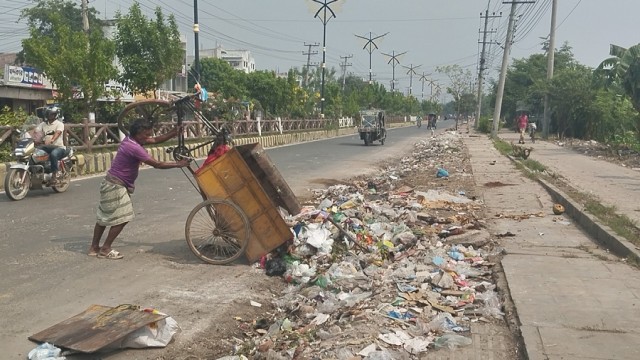
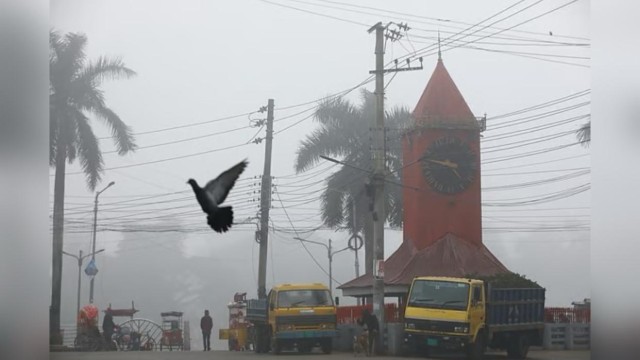
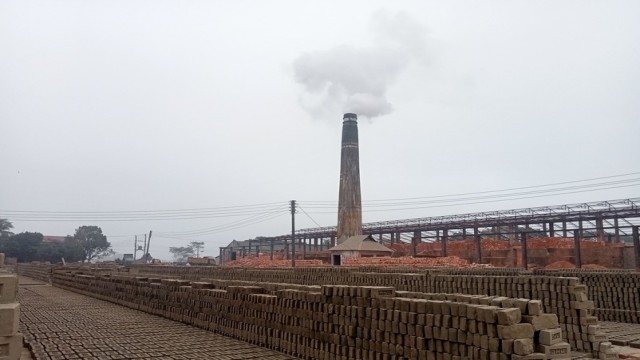
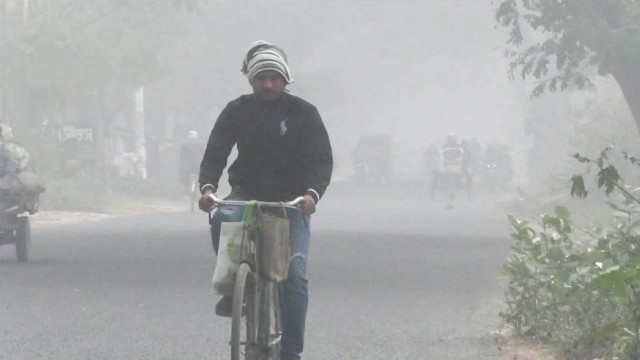
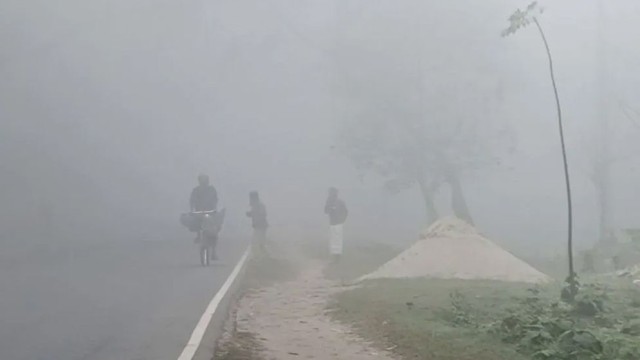
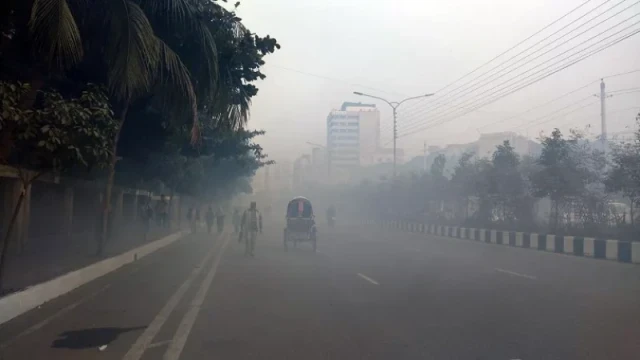
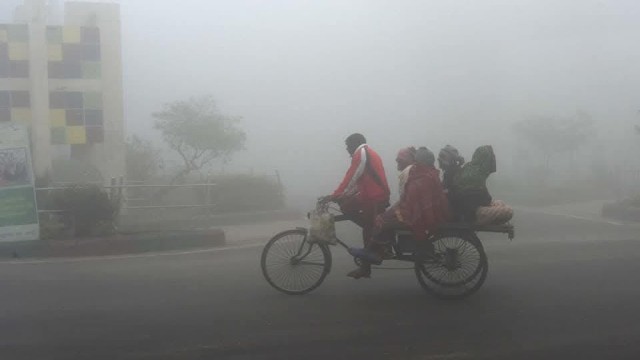

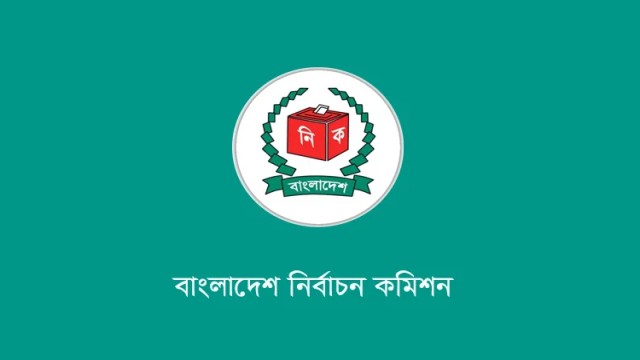
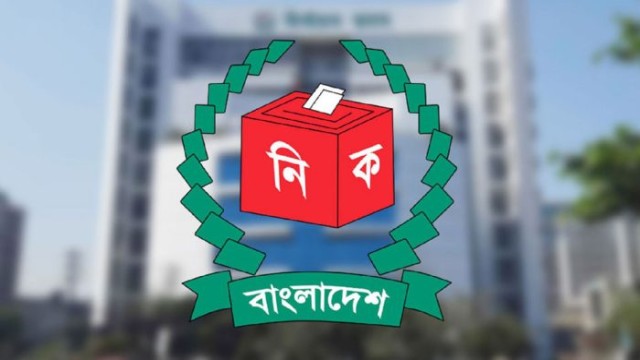
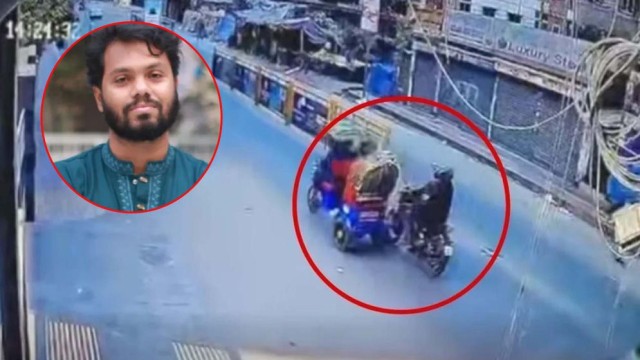
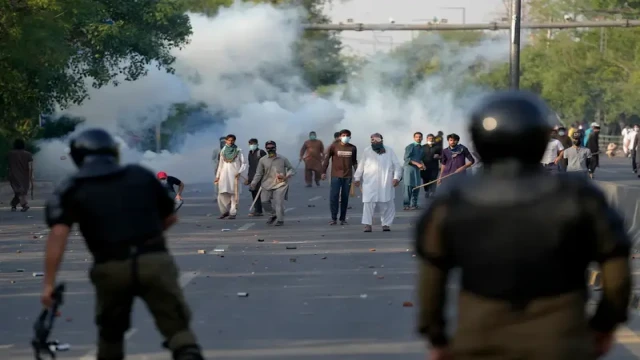
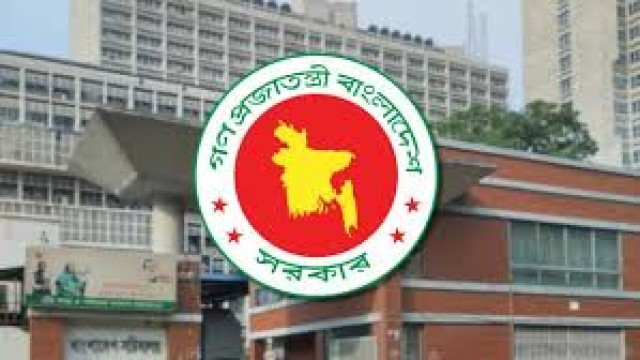

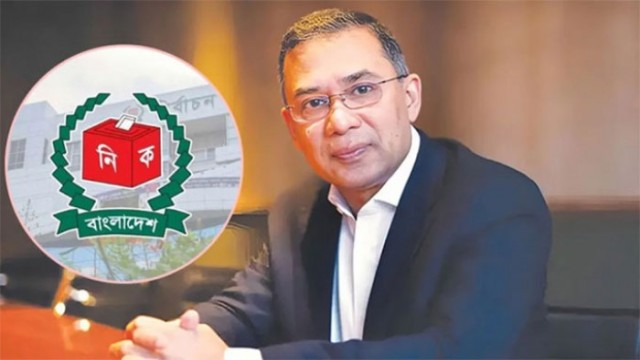



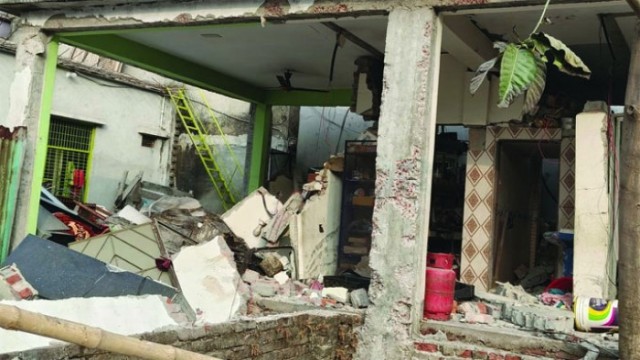



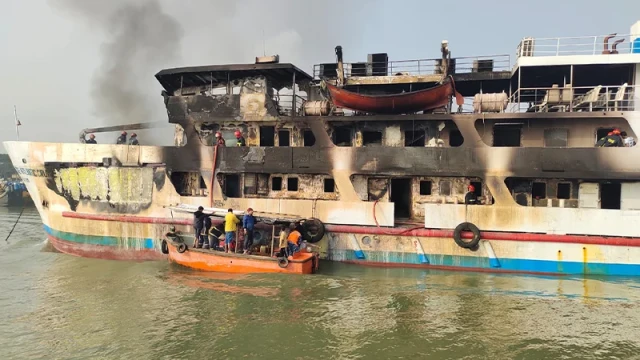
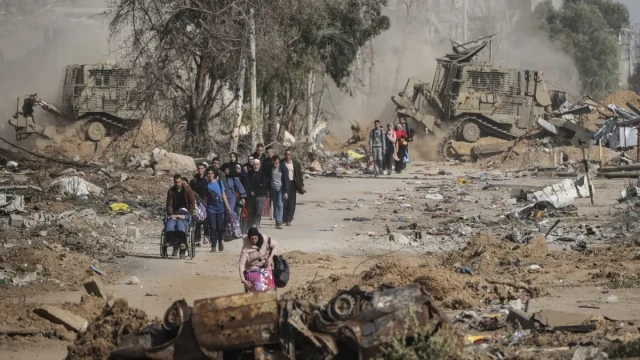
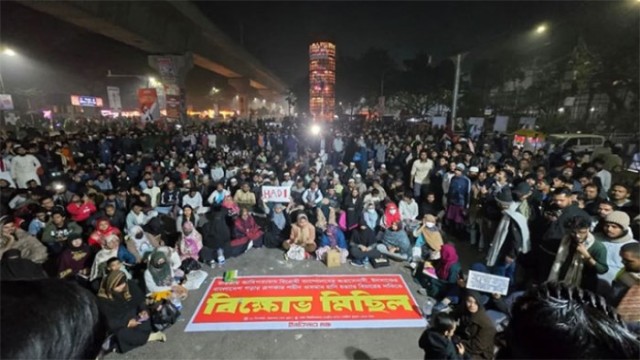
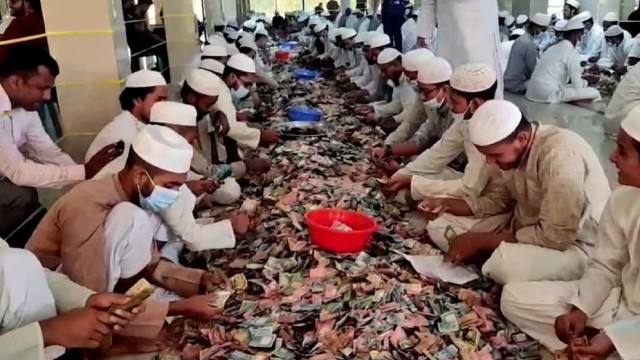

Comment: